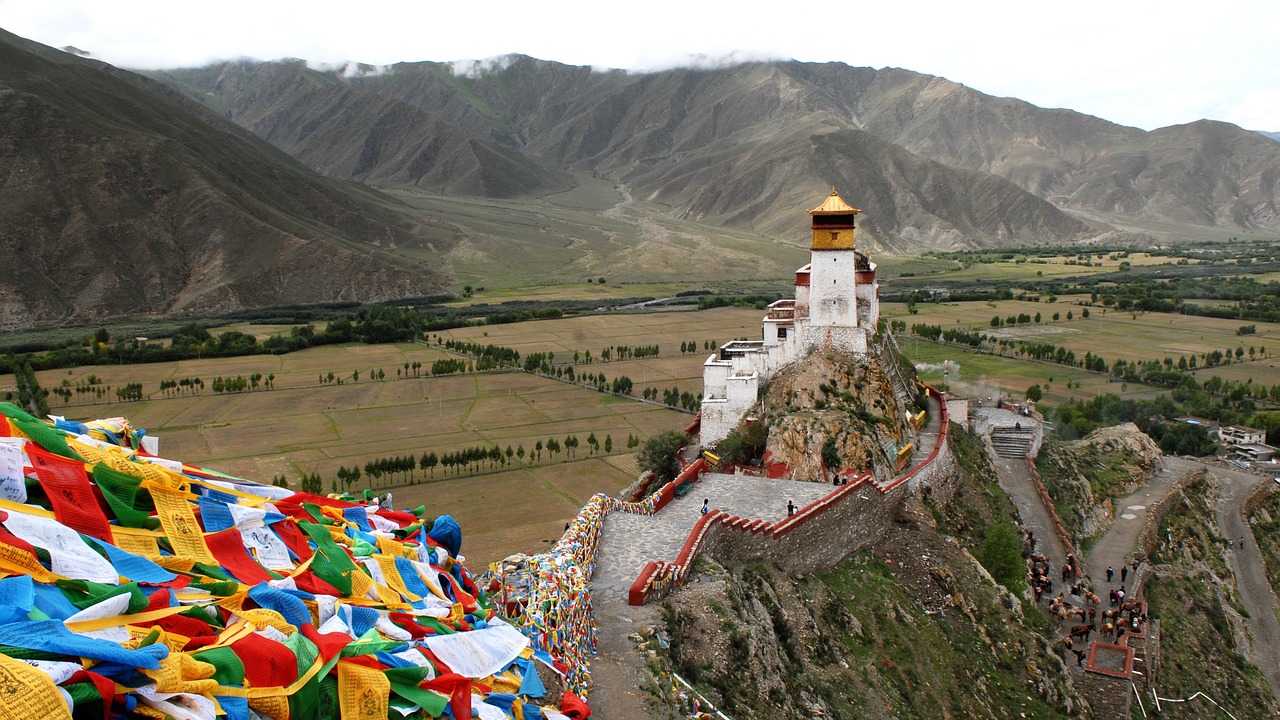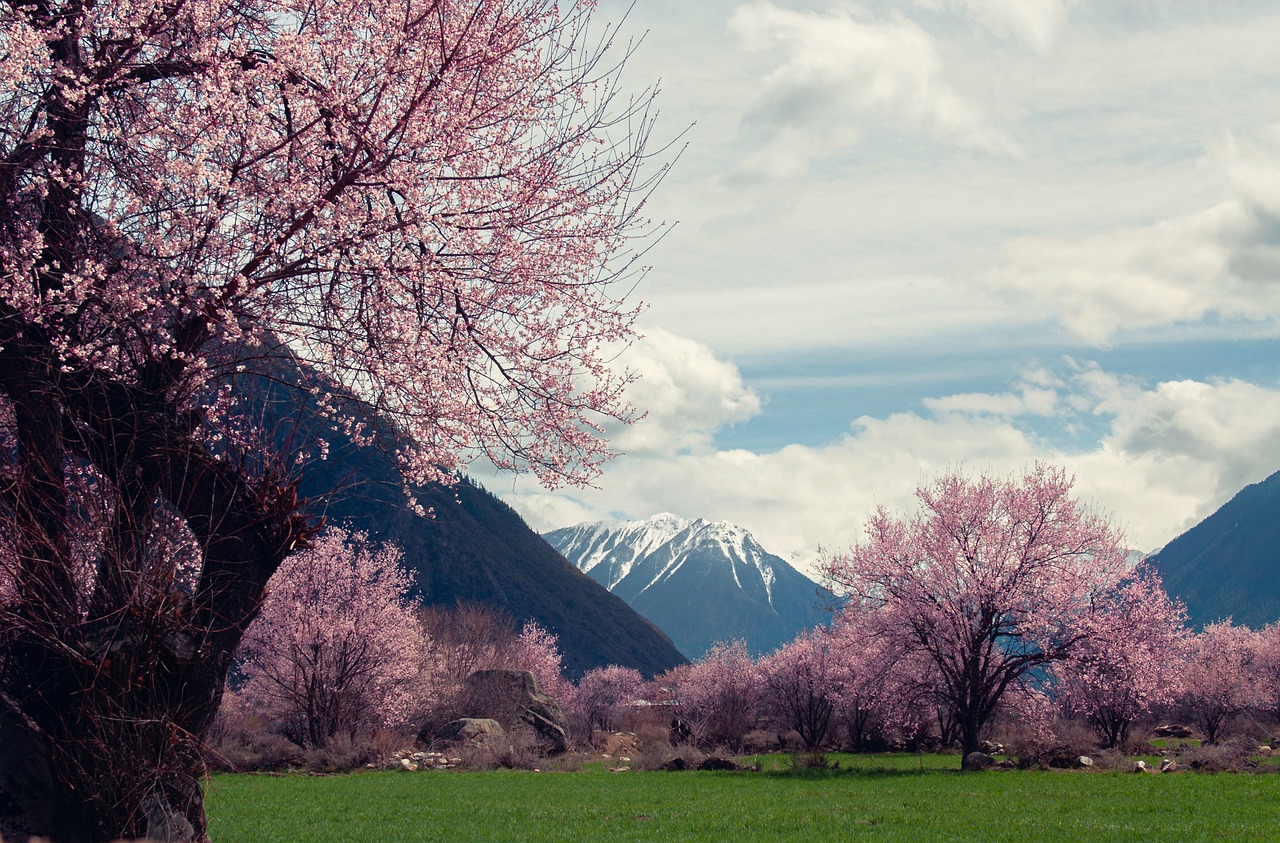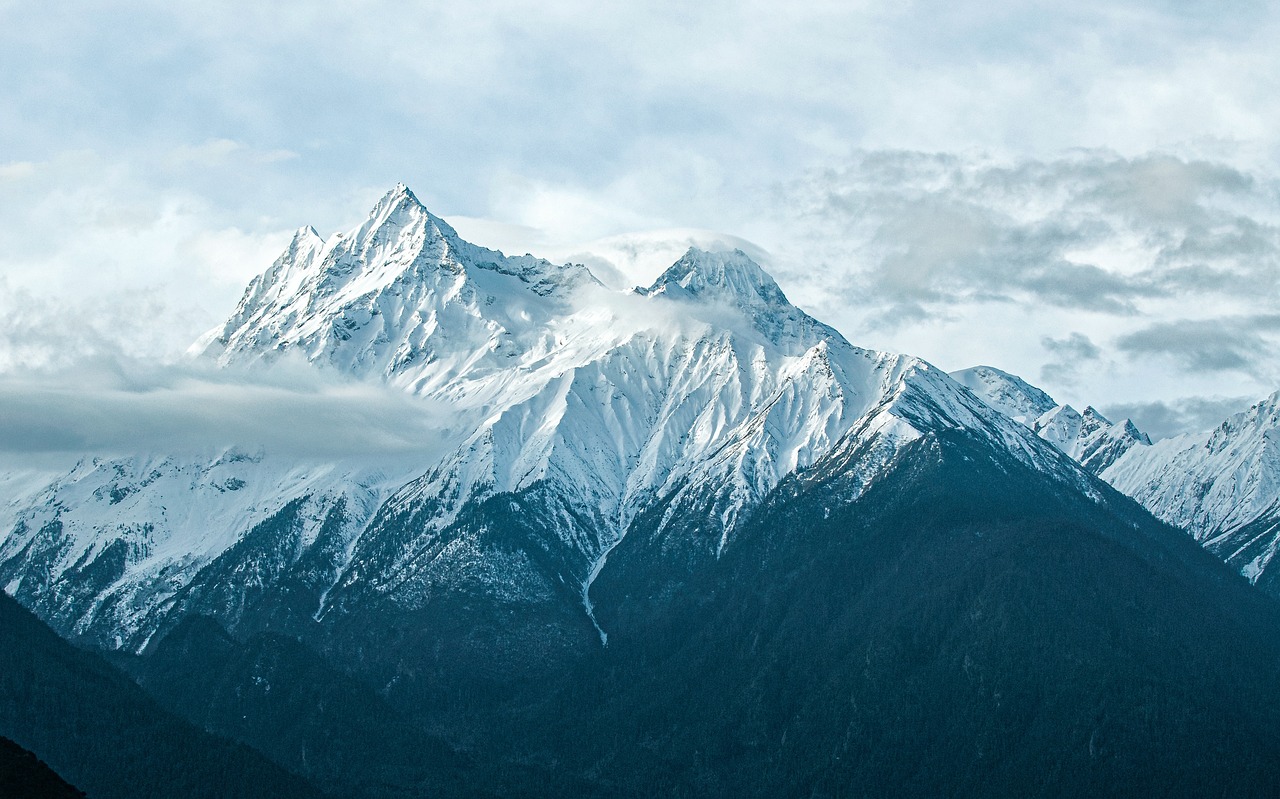10 Things You Should Know Before Visiting Tibet
Tibet, often referred to as the “Roof of the World,” is a mesmerizing destination that offers a unique blend of spirituality, breathtaking landscapes, and rich cultural heritage. Whether you are an adventure seeker, a history enthusiast, or simply someone looking for a soul-stirring experience, a visit to Tibet should definitely be on your bucket list. However, before you embark on this journey, here are ten important things you should know:
1. Entry Permits: Tibet is an autonomous region of China, and foreign visitors require a special entry permit to visit. These permits can only be obtained through a registered travel agency in Tibet, and it is crucial to plan your trip well in advance to allow ample time for processing.
2. Altitude Sickness: Tibet’s average elevation is around 4,500 meters (14,700 feet), making it one of the highest regions in the world. Altitude sickness is a common concern, and it is essential to acclimatize properly to avoid any health complications. It is advisable to spend a few days in Lhasa, the capital city, before venturing into higher regions.
3. Weather Conditions: Tibet experiences extreme weather conditions, with temperatures dropping significantly, especially during winter. It is important to pack appropriate clothing and gear to withstand the cold, even if you are visiting during the summer months. Layering is key to adapt to the unpredictable climate.
4. Cultural Sensitivity: Tibetans have a deeply rooted religious and cultural heritage, with Buddhism playing a central role in their daily lives. It is important to respect their customs and traditions, including dress codes when visiting monasteries and temples. Modest attire, covering shoulders and knees, is highly recommended.
5. Limited Internet and Communication: Due to its remote location, internet access in Tibet is limited. It is advisable to inform your loved ones about the potential communication challenges and have a backup plan in place. Embrace the opportunity to disconnect from the digital world and immerse yourself in the serenity of the surroundings.
6. Language Barrier: The primary language spoken in Tibet is Tibetan, and while English is spoken by some locals in tourist areas, it is always helpful to learn a few basic phrases or travel with a guide who can assist with communication.
7. Respect for the Environment: Tibet is home to some of the world’s most pristine and fragile ecosystems. It is crucial to maintain the utmost respect for the environment and follow responsible tourism practices. Avoid littering, minimize your carbon footprint, and support local initiatives that promote sustainable tourism.
8. Transportation Challenges: Tibet’s mountainous terrain presents certain transportation challenges. Roads can be narrow and winding, and long journeys are common. It is advisable to book a reliable and experienced tour operator who can arrange comfortable transportation and ensure your safety.
9. Perseverance and Flexibility: Traveling in Tibet can be physically demanding, with long hikes, high altitudes, and unpredictable weather conditions. It is important to have a positive attitude, embrace the challenges, and be flexible with your itinerary. Remember, the journey is as important as the destination.
10. Inner Peace and Spiritual Awakening: Tibet is renowned for its spiritual significance and offers a unique opportunity for inner reflection and peace. Allow yourself to fully immerse in the spirituality of the region, visit monasteries, participate in meditation sessions, and let the serene landscapes inspire and rejuvenate your soul.
In conclusion, Tibet offers a truly extraordinary travel experience. By being well-prepared, culturally sensitive, and respectful of the environment, you can ensure that your visit to this enchanting land will be a memorable and transformative journey of a lifetime.



























